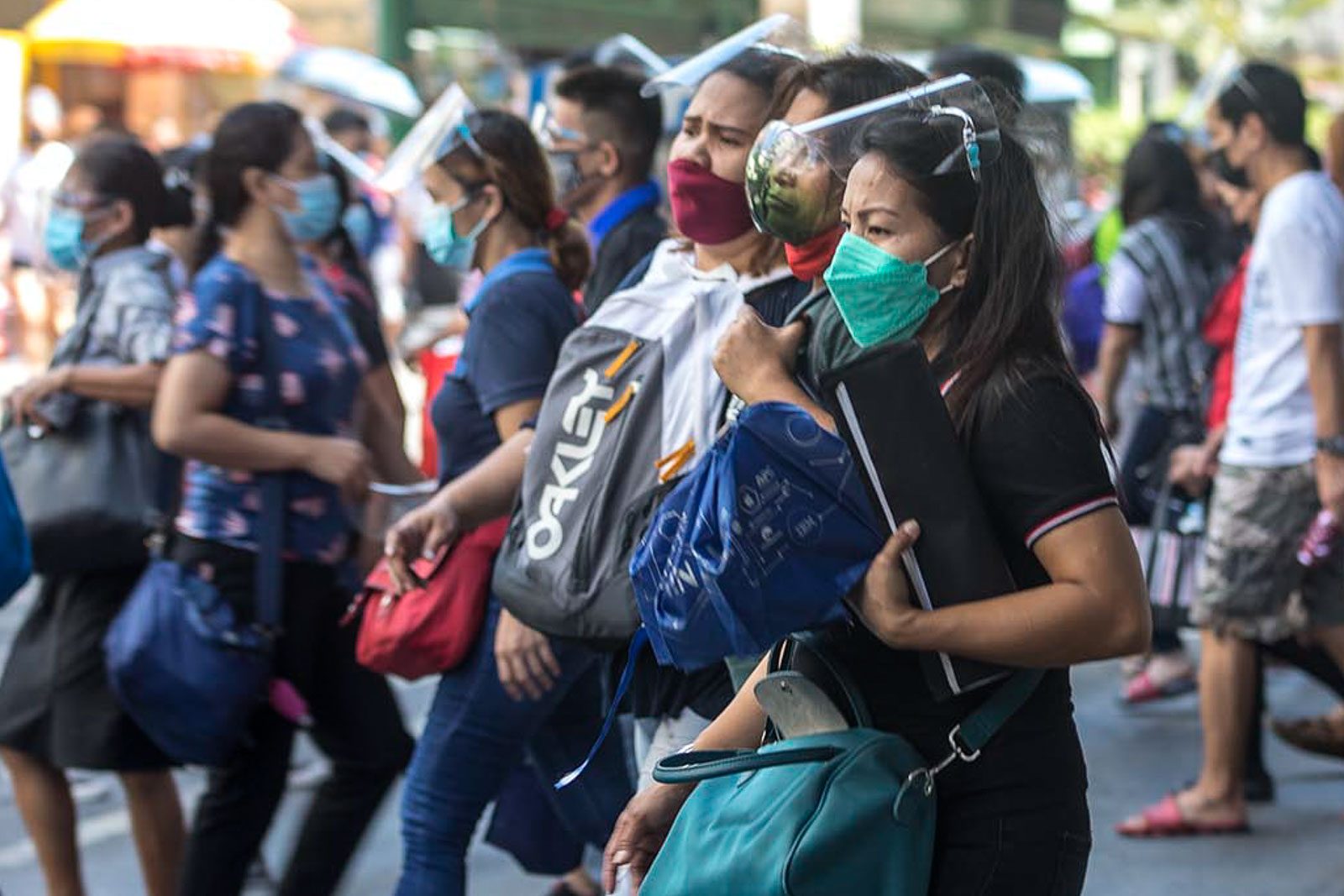SUMMARY
This is AI generated summarization, which may have errors. For context, always refer to the full article.

The Philippines has a total population of 109,035,343, according to the 2020 Census of Population and Housing, which was declared official by President Rodrigo Duterte through Proclamation No. 1179 on Tuesday, July 6.
The presidential issuance, released to media on Wednesday, July 7, updates the country’s population, which was last captured by the 2015 Census of Population.
It represents the total number of persons living in the country as of 12:01 am on May 1, 2020. It also includes Filipinos in Philippine embassies, consulates, and missions abroad, according to the Philippine Statistics Authority.
By how much did population grow?
Since 2015, the population grew by 8,053,906. This puts the annual population growth rate at 1.63%, lower than the rate from 2010 to 2015 which was at 1.72%.
The most populated region in the country is Region IV-A (Calabarzon), with 16,195,042 people living there as of 2020. Metro Manila comes in second with a population of 13,484,462 while Region III (Central Luzon) is the third most populated region with 12,422,172.
Together, these three regions account for 38.6% of the country’s population.
Calabarzon is also the region that saw the biggest population growth since 2015, gaining 1,780,268 more persons.
In terms of population growth rate, however, the Bangsamoro Autonomous Region in Muslim Mindanao saw the biggest annual increase – 3.26% from 2015 to 2020. The lowest annual population growth rate was observed in Eastern Visayas, which was at 0.50%.
The three least populated regions are Cordillera Administrative Region (1,797,660), Region XIII or Caraga (2,804,788), and Mimaropa (3,228,558).
National Statistician Dennis Mapa said the PSA had to contend with the COVID-19 pandemic as a challenge to its completion of the 2020 census. Lockdowns that started in March that year greatly affected many government programs.
“In light of the [COVID-19] pandemic, the PSA has proudly overcome unprecedented challenges to collect and produce
high-quality data that are critical in decision-making for good governance, development planning, risk reduction and crisis response, social welfare programs, and business market analyses, among others,” said Mapa.
The 2020 Census of Population and Housing is the 15th Census of Population since 1903. It is also the 7th Census of Housing since that year. – Rappler.com
Add a comment
How does this make you feel?

![[Pastilan] The Great Philippine Identity Sale](https://www.rappler.com/tachyon/2024/07/great-philippine-identity-sale-july-16-2024.jpg?resize=257%2C257&crop=486px%2C0px%2C1080px%2C1080px)



There are no comments yet. Add your comment to start the conversation.